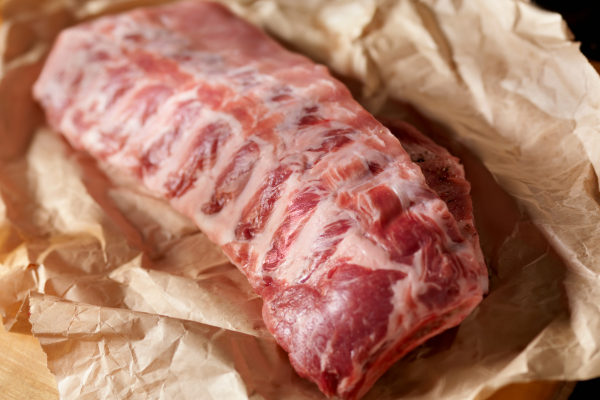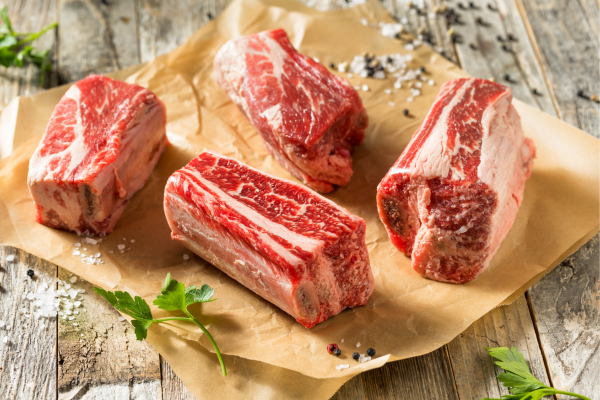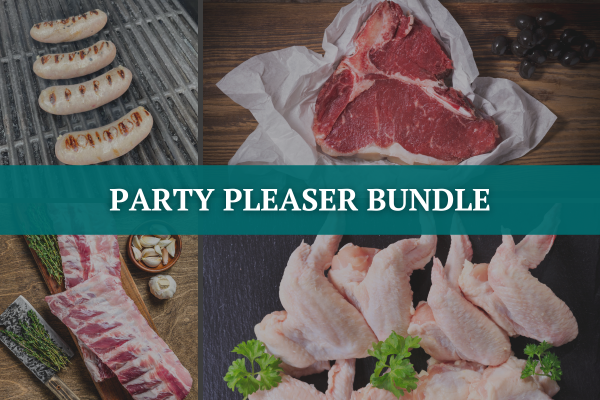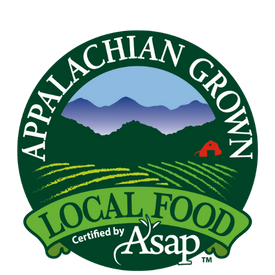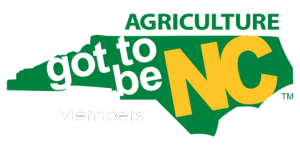Rotationally Grazed
What is Rotational Grazing?
This is when only one portion of our pasture is grazed at a time while the remainder of the pasture “rests.”
To accomplish this, our pastures are subdivided into smaller areas (paddocks) and our livestock are moved from one paddock to another.
Resting our grazed paddocks allows forage plants to recover and deepen their root systems.
Our rotational grazing practices also help to prevent erosion and agriculture runoff.
Why does this matter?
Left alone on a patch of land, animals like cattle and hogs can quickly destroy all signs of life, compacting the soil as they go.
However, if the animals are managed with rotational grazing, the soil sees big returns.
Grazing encourages plants to send out more and deeper roots.
Those roots are continually sloughed off to decompose in the ground, boosting soil biomass and fertility and sequestering carbon from the atmosphere.

- All
- On Sale
- pork share
- eggs
- boneless
- bone in
- bulk ordering
- whole share
- tenderloin
- sausage
- ham
- roast
- ribs
- uncured
- bacon
- shoulder
- fat
- lard
- liver
- feet
- misc cuts
- bones
- organ meat
- wings
- loin
- belly
- fryer
- breast
- chops
- leg
- whole
- chicken
- drumsticks
- links
- ground
- bulk
- dark meat
- bundle
- bratwurst
- events
- workshops
- processing
- bone broth
- offal
- skin on
- skinless
- classes
- subscription
- organ
- farm tour
- butchery
- meat birds
- tshirt
- breakfast links
- steaks
- boston butt
- sticker
- steak
- sliced
- sampler
- bag
- chuck
- skirt
- brisket
- strips
- ribeye
- stew
- marrow
- filet
- tallow
- salted
- tools
Baby Back Pork Ribs
weighs approx. 0.60 lbs each
Beef Short Ribs
4 ribs / pack (weighs approx. 1 lb.)
Party Pleaser Bundle
Bratwursts, steaks, ribs & wings for the ultimate party
St. Louis Style Pork Spareribs
Whole rack ready for the grill

